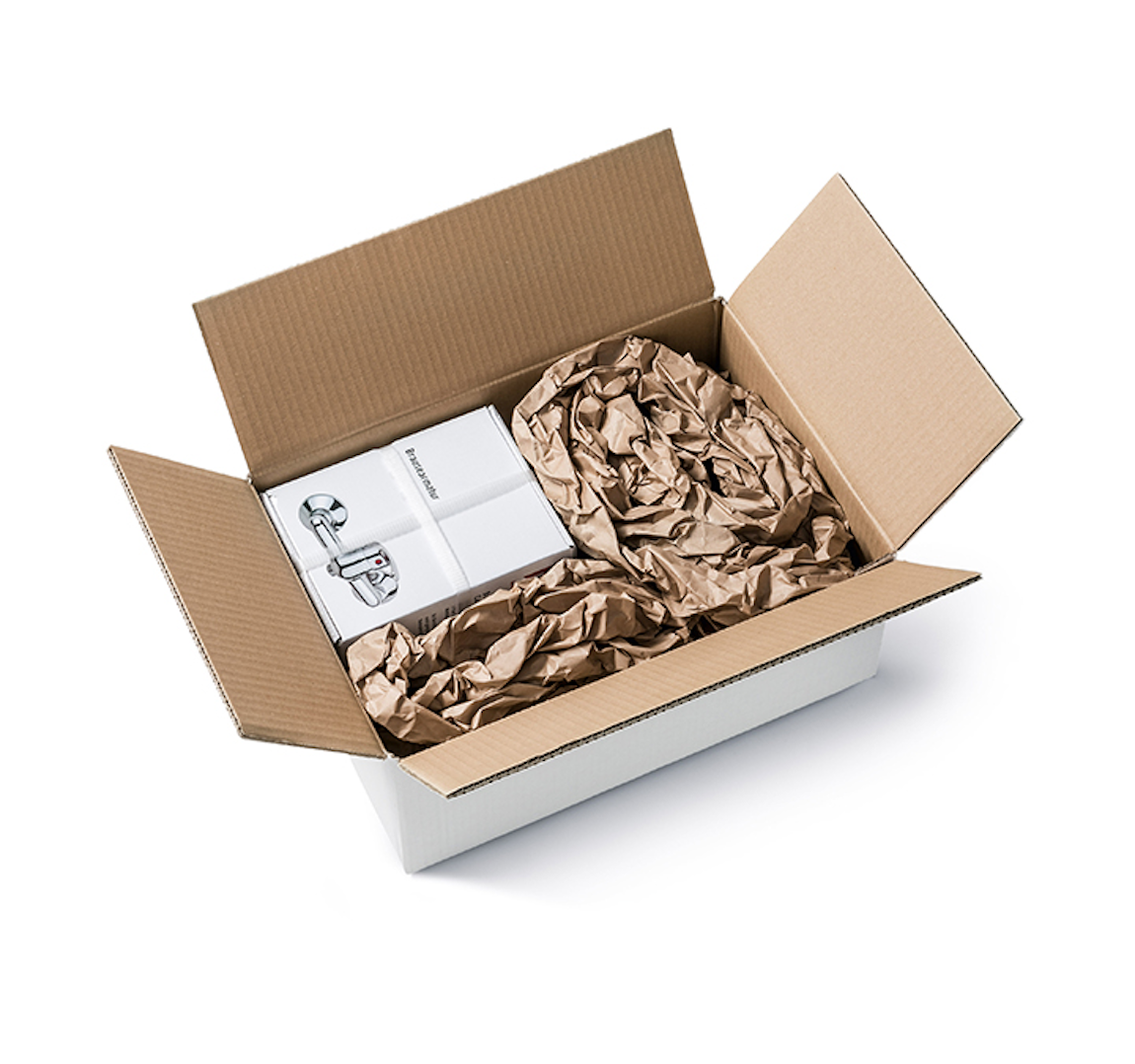5 common mistakes in tertiary packaging & How to avoid them
Packaging might seem straightforward at first glance. A cardboard box, a label with a destination and off it goes. Right? Wrong.
Effective tertiary packaging is a sophisticated process involving carefully selected materials and strategic design. Think sturdy corrugated cardboard boxes, carton inserts, protective honeycomb paper wrap, paper voidfill, and other specialised cushioning materials. It's about creating a protective ecosystem that shields products from moisture, vibration, shock, and temperature variations during transportation and storage.
Good tertiary packaging isn't just about throwing some bubble wrap into a box. It's a calculated approach that considers various factors. From product shape, weight and fragility, as well as potential handling challenges, environmental impacts and much more.
In this article, we explore five common tertiary packaging mistakes and how to avoid them so that your products arrive safely, efficiently, and cost-effectively.
1. Overpacking
One of the most frequent mistakes in tertiary packaging is overpacking. Using packaging that is too large or bulky for the product being shipped can lead to increased material wastage and higher shipping costs. Excessive packaging materials often don't add much value to the protection of your products and can be seen as wasteful by eco-conscious consumers.
How to avoid
- Evaluate your product's size, weight, and fragility to determine the appropriate amount of packaging needed.
- Collaborate with packaging experts who can design using specialist software to create efficient packaging dimensions for each product.

2. Under-protecting products
While overpacking is a common issue, under-protecting products can be equally problematic. Not providing enough protection for the product being shipped can result in damage during transit, even if the right packaging materials are used.
How to avoid
- Choose appropriate cushioning materials suitable for the weight, size, and fragility of the product being shipped.
- Consider using foam inserts, air pillows, or paper wrap to provide additional cushioning.
- Take into account the type of transportation being used, as different modes of transportation can result in varying levels of shock and vibration during transit.

3. Neglecting packaging material quality
Using low-quality or substandard packaging materials can lead to product damage during transit. Cheap materials may not withstand the impacts of shipping or adequately protect products from potential hazards such as moisture, vibration, or shock.
How to avoid
- Don't make purchasing decisions solely based on price. Find a balance between quality and cost.
- Research and invest in high-quality packaging materials that can withstand the rigors of transportation and storage.
- Work with a reputable packaging supplier who can provide guidance on suitable materials for your specific packaging needs.

Looking to take your tertiary packaging to the next level?
With over 45 years of experience and a passion to deliver packaging solutions that make a difference, our expert team at Swiftpak can help your business thrive. Get in touch with us today and find out how we could support you today.
4. Inadequate use of monitoring labels
Many businesses overlook the importance of using monitoring labels such as ShockWatch or TiltWatch in their tertiary packaging. These labels can provide valuable insights into how packages are handled during transit, whilst also helping to prevent damages due to mishandling.
These labels are impact and tilt indicators designed to detect and record excessive impacts or mishandling during transportation and storage. With clear messaging and a warning to handlers, they serve as an excellent deterrent against rough handling.
How to avoid
- Trial a batch of deliveries using ShockWatch or TiltWatch labels to assess their effectiveness in your supply chain.
- Choose the appropriate sensitivity level for your labels based on your product's fragility, weight, and package size.
- Educate your supply chain partners about the presence and importance of these labels through training sessions and information inserts.

5. Ignoring sustainable packaging
While consumers may not directly interact with tertiary packaging, the environmental impact of these packaging materials has significant implications for corporate reputation and supply chain efficiency.
Many companies overlook the importance of sustainable tertiary packaging, missing out on opportunities to reduce their environmental footprint and appeal to eco-conscious stakeholders.
How to avoid
- Explore sustainable materials such as recycled cardboard, biodegradable plastics, or plant-based packaging options.
- Implement a circular packaging system where materials can be reused or recycled easily.
- Clearly communicate disposal instructions on packaging to ensure proper recycling or composting.
- Consider innovative packaging solutions that are lighter and more space-efficient, reducing transportation emissions and storage requirement.

Tertiary packaging solutions from the experts
Want to cut costs, increase efficiencies, and improve customer satisfaction? Then speaking with an experienced packaging supplier should be your next step.
With over 45 years of experience and a passion to deliver packaging solutions that make a difference, our expert team at Swiftpak can help your business thrive. Why not get in touch today, and we’ll be in contact to answer any question you may have.